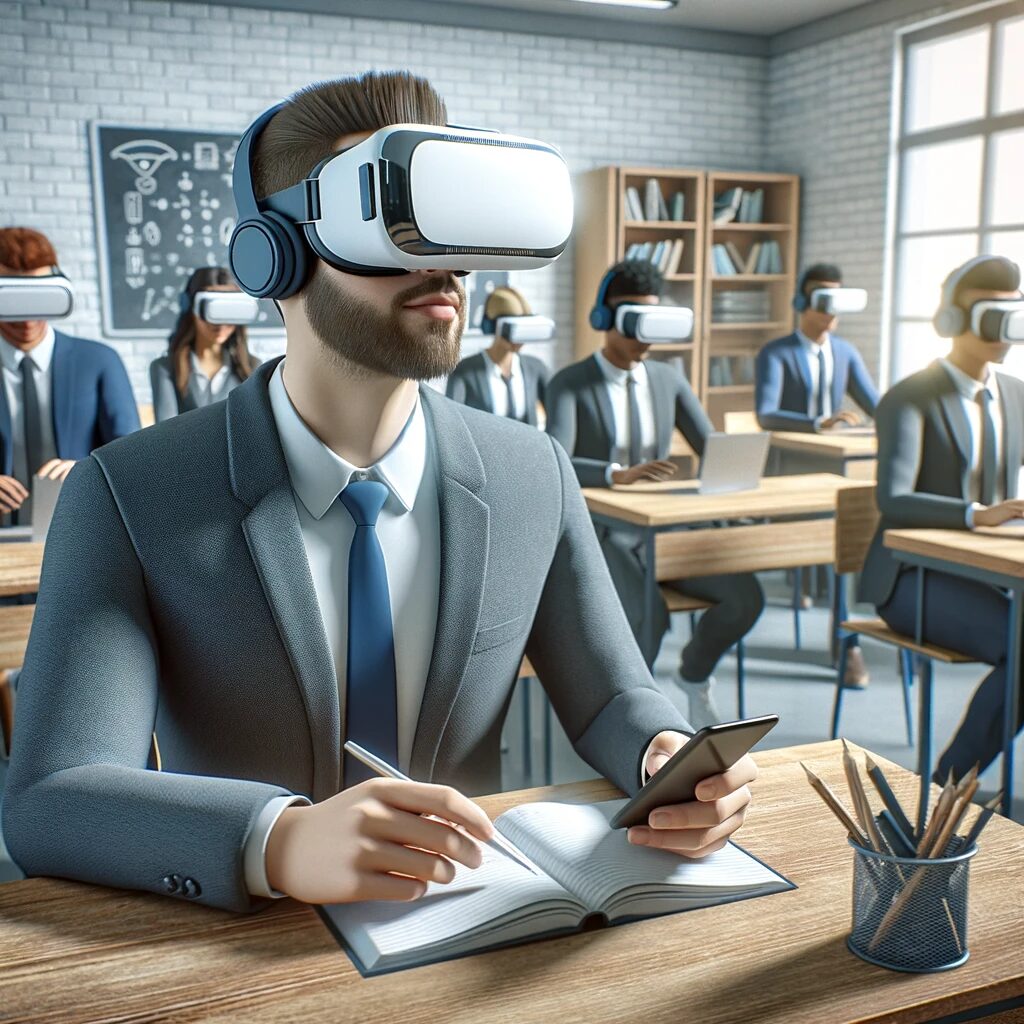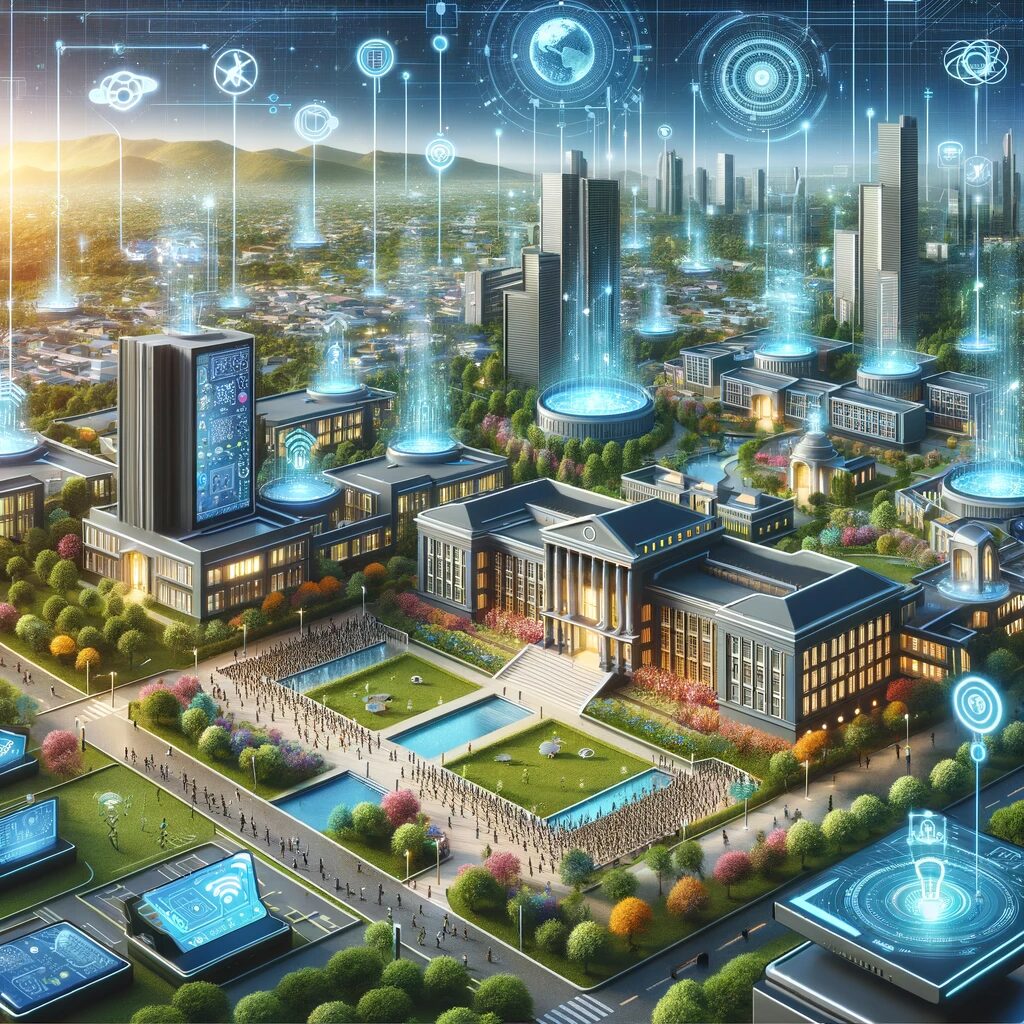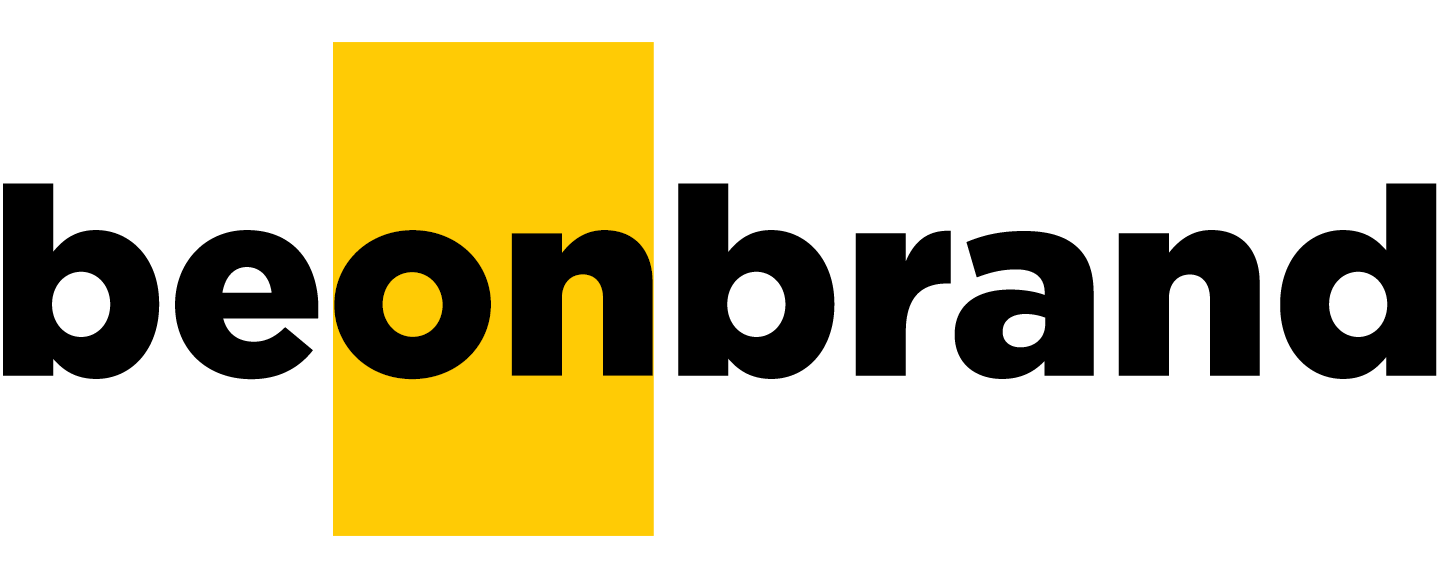
Navigating the Future
The landscape of higher education is undergoing a monumental shift, driven by advancements in educational technology (ed-tech). This transformation is not just about the adoption of new tools; it's about reimagining the learning experience in universities and colleges. Here, we explore five key ed-tech trends that are setting the stage for a dynamic and inclusive future in higher education.

1. Artificial Intelligence (AI) in Personalized Learning
AI's Role in Customizing Education
AI technologies are revolutionizing how educational content is delivered, offering personalized learning experiences. AI algorithms can adapt to individual student learning styles, pace, and preferences, making education more accessible and effective.
AI-Driven Analytics and Insights
By analyzing student data, AI provides valuable insights into learning patterns, helping educators tailor their teaching methods and materials

2. Virtual and Augmented Reality (VR/AR) in Immersive Learning
The Rise of VR/AR in Classrooms
VR and AR technologies are transforming traditional learning environments into immersive experiences. These tools enable students to explore complex concepts in a virtual setting, enhancing understanding and engagement.
Practical Applications
From virtual field trips to interactive simulations, VR/AR offers hands-on learning experiences, particularly beneficial in disciplines like medicine, engineering, and history.

3. Blockchain for Secure Educational Transactions
Blockchain in Credentialing
Blockchain technology is gaining traction in securely storing and sharing academic credentials. It ensures the integrity and verification of qualifications, easing the mobility of students and professionals.
Beyond Credentialing
Blockchain’s potential extends to streamlining administrative processes, secure record-keeping, and fostering transparent educational transactions.

4. The Internet of Things (IoT) in Campus Connectivity
Smart Campuses
IoT devices are turning campuses into smart, interconnected spaces. This includes everything from smart boards in classrooms to IoT-enabled research labs, creating an ecosystem that enhances learning and operations.
Enhancing Student Life
IoT technologies also play a role in student safety, campus navigation, and resource management, significantly improving the campus experience.

5. Cloud Computing in Resource Accessibility
Cloud-Based Learning Platforms
Cloud computing has made educational resources more accessible than ever. Students and educators can access course materials, submit assignments, and collaborate in real time, irrespective of their physical location.
Scalability and Collaboration
Cloud platforms offer scalability and flexibility, accommodating the evolving needs of educational institutions and fostering a collaborative learning environment.

Conclusion
These ed-tech trends represent just the tip of the iceberg in the ongoing evolution of higher education. By embracing these technologies, higher education institutes can provide enhanced learning experiences, prepare students for the future, and remain at the forefront of educational innovation.

Share this article
Interested in learning more ?



1 Comment
Comments are closed.